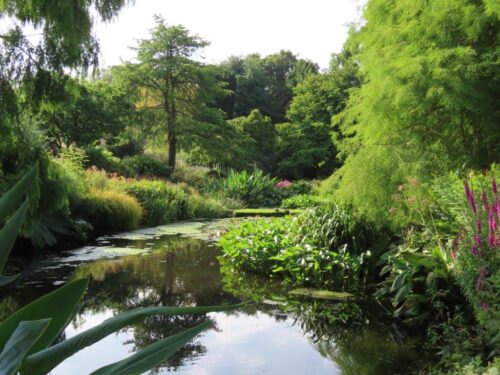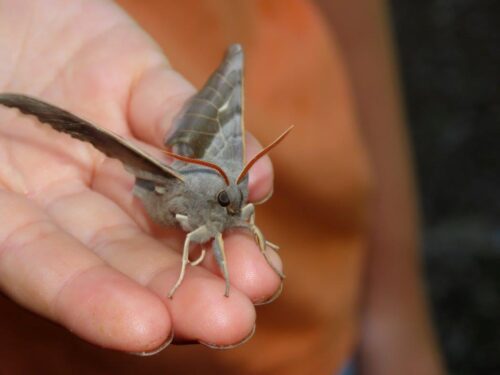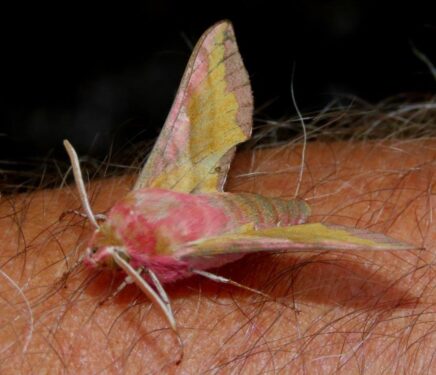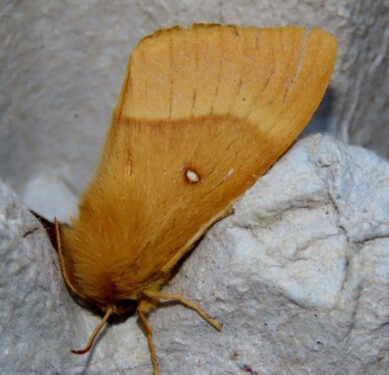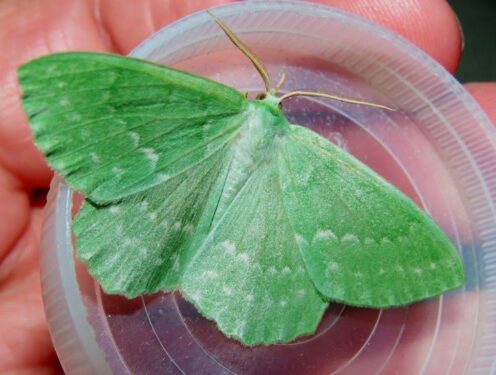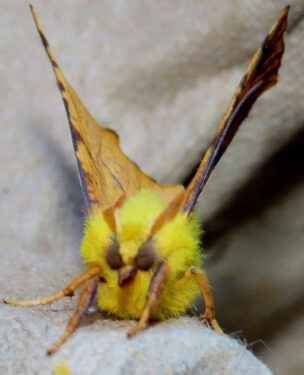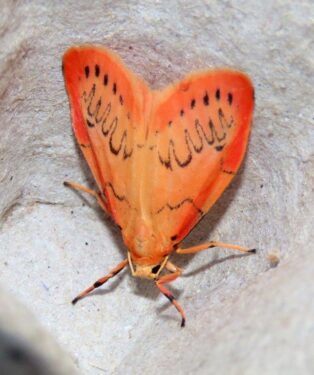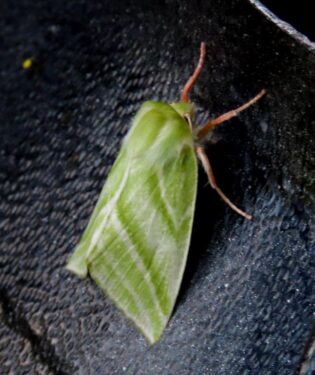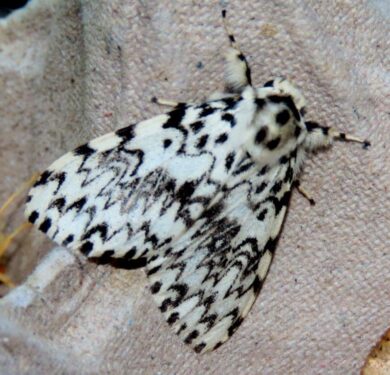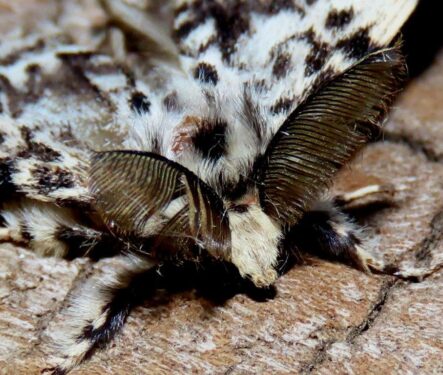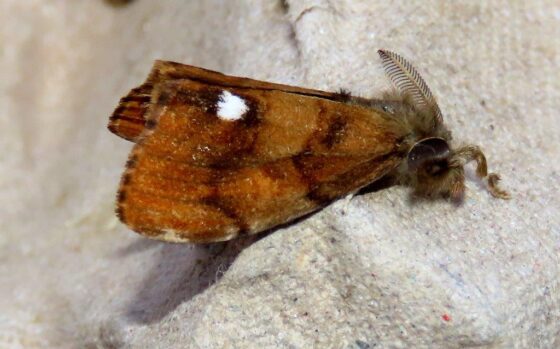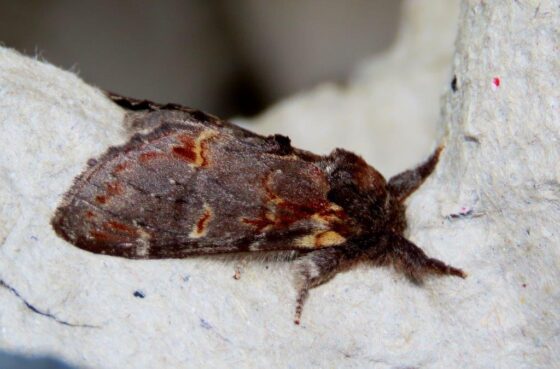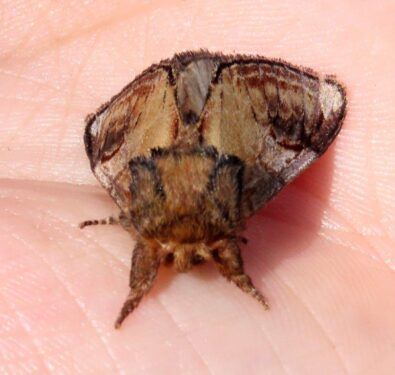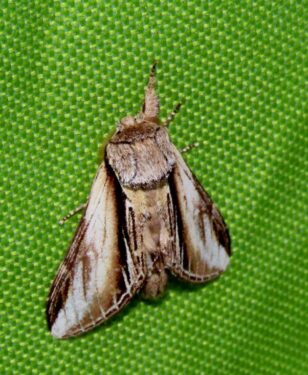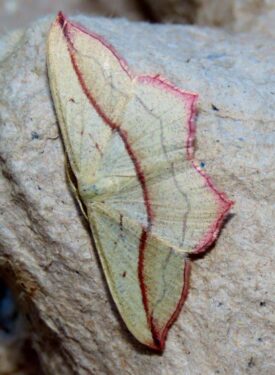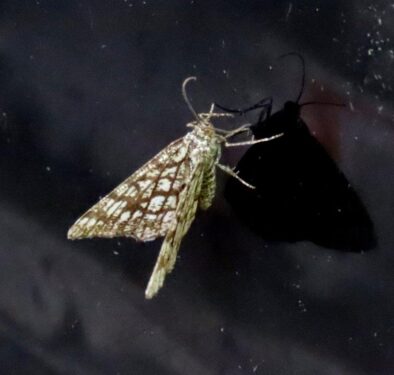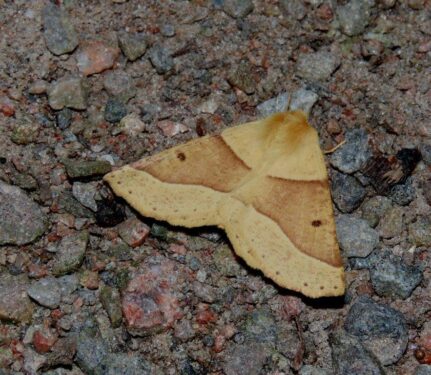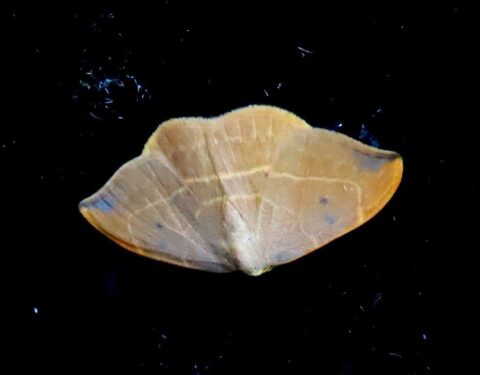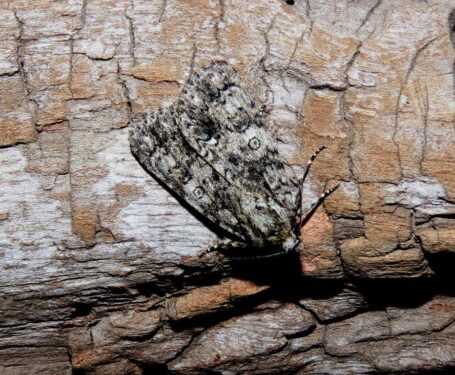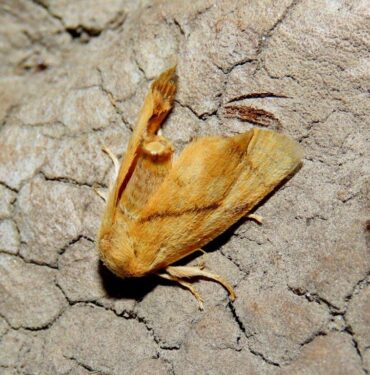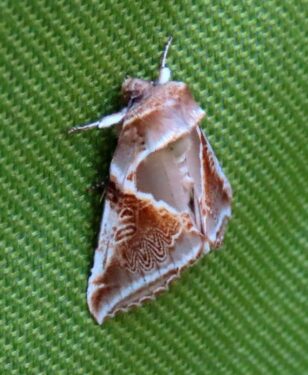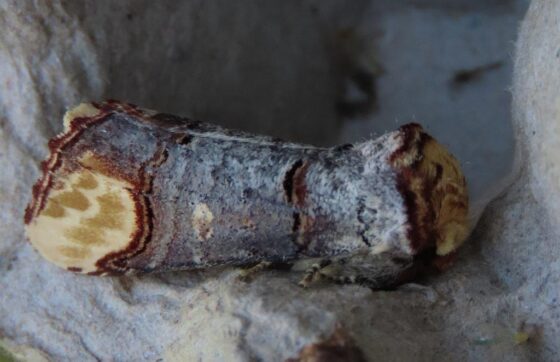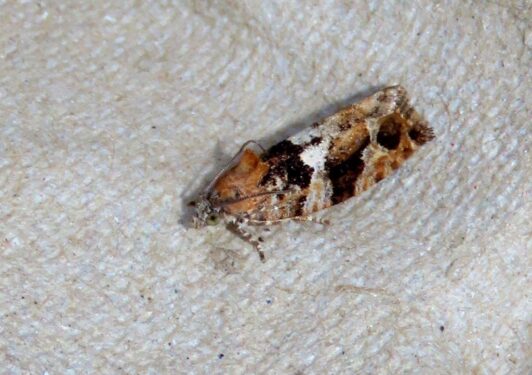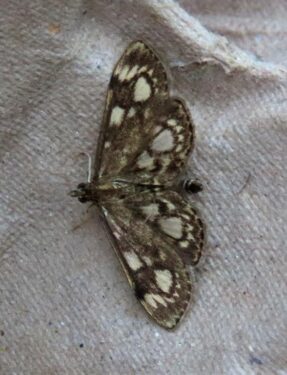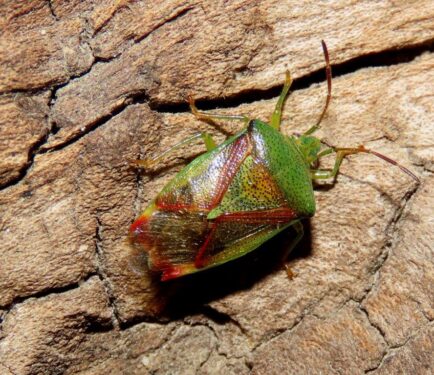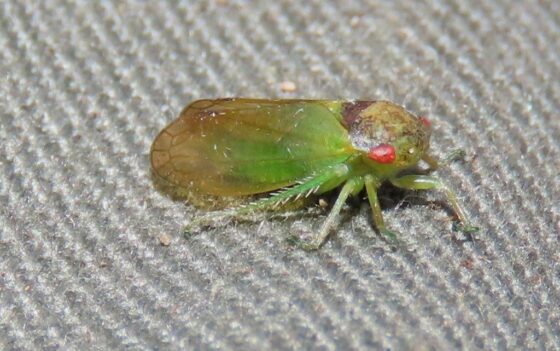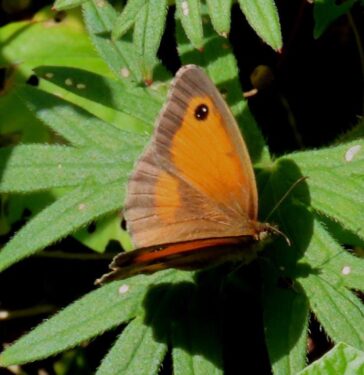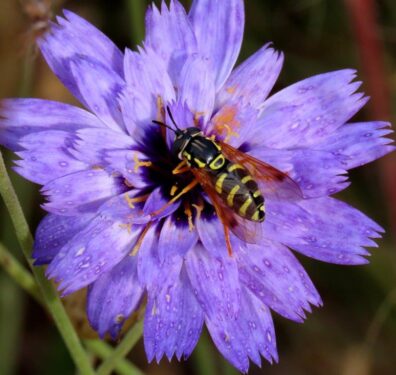Our first moth event of the year a month ago was an eye-opener in this summer of few insects – a surprisingly large haul of moths caught (and released). For our second course yesterday, our hopes were even higher, being deeper into the mothy time of year, following several very hot days and the night itself forecast to be one of the warmest of the year, with increasing cloud cover, and temperatures not expected to fall below 20°C: pretty much perfect conditions.
And so it proved, a bumper haul of 60 macromoth species (plus another 10 or so micros), totalling perhaps 400 individual moths. Our small group of customers, and the handful of interested passers-by as we released the catch were treated to a wide variety of the night life of the garden.
For smaller hands at least the big game proves the most interesting, and today’s stars included three types of Hawk-moth (Poplar and Small Elephant, together with an old and faded Elephant, conceivably one of the fresh emergees we caught last month), a couple of furry Oak Eggars and the large, emerald Large Emerald.
Moving down a little in size, but keeping the intense colours going, there were lots of Rosy Footmen, a few Canary-shouldered Thorns and a single Green Silver-lines.
Black Arches are always a delight, all charcoal scrawls and remarkable antennae, the latter feature also shared by the Vapourer Moth:
Three species of Prominent graced the trap and the willing hands and clothes of the onlookers: Iron, Pebble and Swallow Prominents.
The list goes on, and even the brown and less showy species have plenty to say about the value of camouflage: Blood-vein, Latticed Heath, Scalloped Oak, Oak Hook-tip, Poplar Grey and Nut-tree Tussock.
While most of our captures were of widespread and common species, there were some less frequent ones. The Festoon is no doubt living in the ancient oaks that run alongside the trap site, but it is both nationally scarce and included in the Essex county Red Data List.
A final selection of macromoths includes three of my favourites. Buff Arches might sound plain but in reality it is like no other, almost shell-like in texture; and then you have those moths that are nothing more than animated birch twig (Buff Tip) and bird poo (Chinese Character)!
And that is just the macromoths: there was a variety of micros, although as so often, insufficient time to look at them closely – here are Elder Pearl and Eudemis profundana.
And moths are not the only things that come to moth traps. Our haul included the small Birch Shield-bug (not a common species in this part of Essex and I think the first record for the garden) and the attractive green planthopper Iassus lanio.
Another attraction for our customers on these events is that they get access before anyone else is there. First thing, the gardens are truly sublime: the only sounds are birdsong and the rustle of a dragonfly’s wings, the only feeling pure joy…
And our potter around gave us chance to look at insects going about their daily business. Common Darter dragonflies and Willow Emerald damselflies were among the pondside foliage, early butterflies included Gatekeeper, and this lovely hoverfly Chrysotoxum festivum showed itself to advantage before it had warmed up enough for its daily rounds of the flower beds.
If you are interested in such events, please keep an eye on the Beth Chatto website for similar events next spring and summer. These are run by and in support of the Beth Chatto Education Trust, established by Beth to carry forward her passion for plants and the ecological approach to all.
